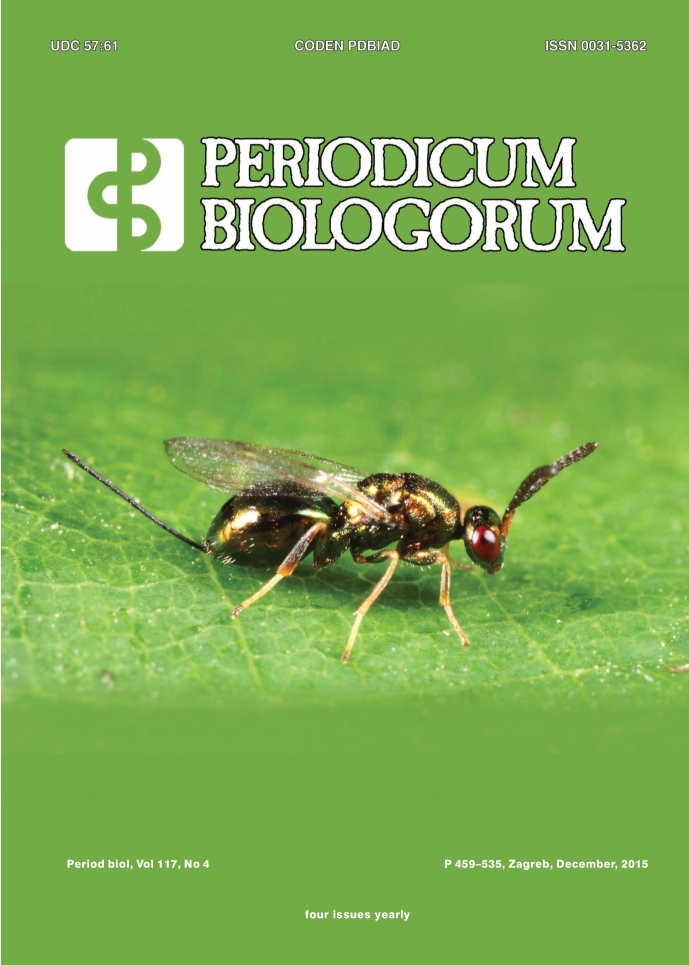Wood nematode species spectrum in the Mediterranean pine forests of Croatia
DOI:
https://doi.org/10.18054/pb.v117i4.3442Abstract
Background and purpose: This work presents the first research on wood nematodes in Croatia and it was done in order to address the question of the impact of dendropathogenic nematodes in pine stands in the coastal region of Croatia. To reveal this impact, the first step is the isolation and proper identification of the species spectrum of the existing wood nematodes. The aim of this study was to identify wood nematode species isolated from different pine tree species (Pinus halepensis, P. nigra, P. maritima) throughout the coastal region of Croatia and to identify their status as either pathogens or saprofits, which should build the basis for further research and understanding of the negative influence of this organisms on the decline of Mediterranian pine stands.
Materials and methods: The research was carried out in 2013 and 2014 and it was done along the entire coastal region of Croatia. The experiments were carried out at two levels: by sampling wood nematodes and by monitoring pine longhorn beetles. Wood samples of dry or partly dry trees of P. nigra, P. halepensis and P. pinaster were collected throughout the year in the form of rings, branches, sawdust or wood chips without bark on different heights on the trees. Two techniques were used for the extraction of nematodes: Baermann funnel technique and Cobb`s method. In samples with an increased number of nematodes, some nematodes were separated and preserved in DESS solution for further morphological and molecular analysis. In the spring of 2014, the monitoring of pine longhorn beetle Monochamus galloprovincialis was done at 6 locations along the coastal region of Croatia were traps with pheromones were installed. The traps were placed in the treetops at a height of about 7 m in P. halepensis stands. The collected pine longhorn beetles were inspected for nematodes in the laboratory.
Results: Saprophytic nematodes from the families Rhabditidae, Diplogasteridae and Cephalobidae dominated in the samples. In 9 wood samples pathogenic nematodes which belong to the genus Bursaphelenchus: B. mucronatus, B. sexdentati and B. minutes were detected . The pine wood nematode B. xylophilus was not found in the collected samples. A total of 109 pine longhorn beetles have been caught in traps with pheromones and their analysis showed that neither B. xylophilus nor native wood nematodes were present on them..
Conclusions: This is the first record of wood nematodes in the coastal region of Croatia. The results of this research confirm the presence of nematodes and their possible influence on the process of pine decline of the Mediterranean pine species in Croatia. The presence of M. galloprovincialis, the vector of highly damaging B. Xylophilus, has been confirmed during this research.
Downloads
Published
Issue
Section
License
The contents of PERIODICUM BIOLOGORUM may be reproduced without permission provided that credit is given to the journal. It is the author’s responsibility to obtain permission to reproduce illustrations, tables, etc. from other publications.


